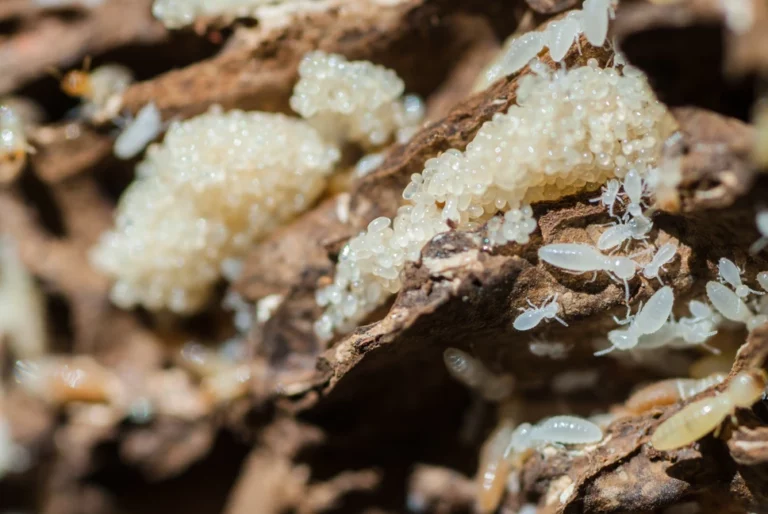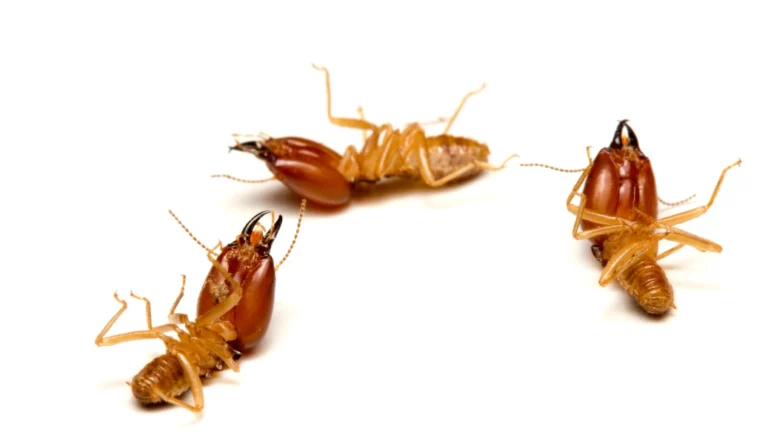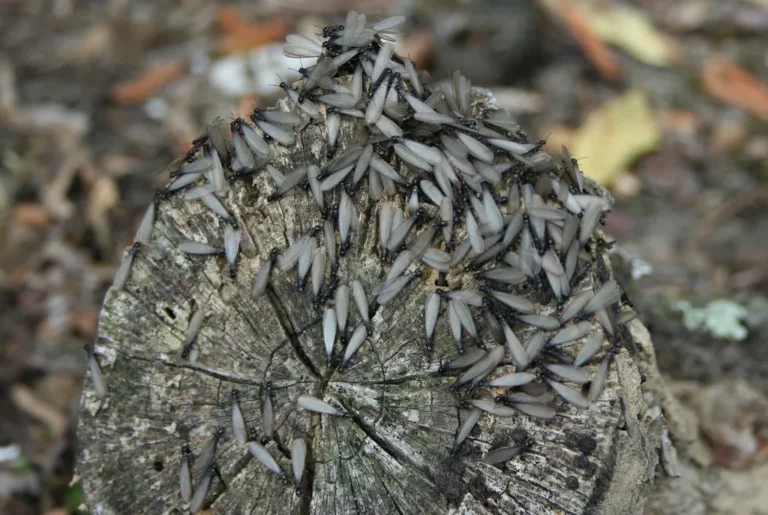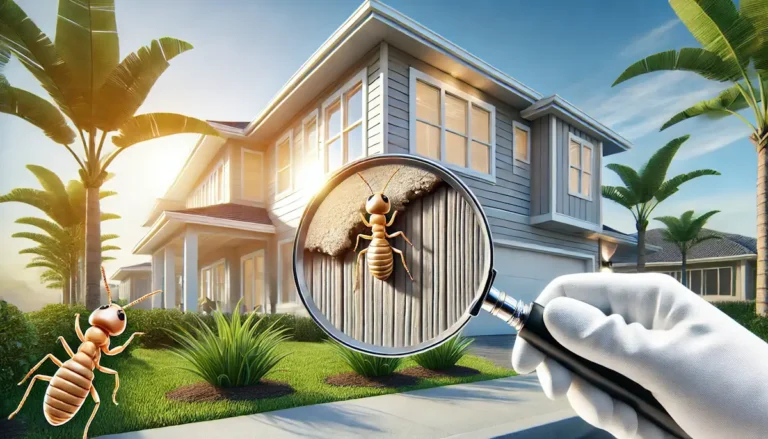Table of Contents
ToggleDrywood termites, a type of wood destroying organism, can cause significant structural damage to homes. They do this by devouring the structure from the inside out, resulting in thousands of dollars in damage. They are highly destructive insects.
Many people avoid traditional chemical treatments because they are concerned about safety. Additionally, the cleanup process can be time-consuming, and the treatments can take up to three days.
Termites and pests have a limited temperature range for survival, which makes extreme temperatures an effective means of pest control. However, simply increasing the heat in your home is not an effective method to fully eliminate termites.
To evenly distribute heat in your home’s walls while protecting your contents, you need a skilled professional with advanced equipment and expertise.
Thermal Heat Treatment is an eco-friendly solution for treating structures affected by wood-destroying insects and their eggs. This innovative technique ensures safe and effective pest control. Read about other Termite Control Methods here!
Benefits of Termite Heat Treatment
Heat treatment process is much faster than chemical fumigation (eight hours compared to up to three days). This saves homeowners money and time they would have otherwise spent on accommodations, food, and pet-boarding. Also the treatment process is chemical-free.
You do not have to worry about leaving your home alone because employees will be present throughout the treatment. Chemical fumigation may require your house to be empty for a few days. This process does not pose any harm to your roof, satellite or antenna.
Chemicals cannot be applied directly during the fumigation process. As a result, this involves dragging large tarps across the roof. This process, unfortunately, may harm the roofing material and other items on the roof. Before you fumigate, you must sign a document releasing liability in case the roof, satellite dish, antenna, or plants are damaged.
Insect eggs and wood-boring beetles can be effectively eliminated through the application of heat. This method surpasses chemical fumigation which is not capable of destroying the eggs or eliminating wood-boring beetle infestations. Heat can eliminate various indoor allergens, such as mold, dust mites, bacteria, and viruses.
When heat is used to treat a building, it can help eliminate unpleasant odors and give the place a fresh scent. The warmth of the heat helps to dry out damp wooden structures, making it difficult for molds, fungi/dry-rot, or termites to reinfect the building.
To completely get rid of target pests, the California Department of Consumer Affairs recommends using fumigation or heat. The process of Heat Treatment eliminates dry wood termites by penetrating the wood, making it an effective alternative to using chemicals on the entire structure.
How Heat Treatment Works
To eliminate pests, experts use heat treatment by introducing clean and dry heat into the structure. The temperature is gradually increased until the wood core reaches 130 degrees, and it’s kept there for 1.5 hours to make sure all pests are eliminated. In some cases, the process may only take eight hours to complete.
- Items that are susceptible to high temperatures are either shielded or taken away from the heat source.
- Thermal tarps are used to protect the roof during construction projects involving wood-destroying organisms. These tarps are installed from the eaves to prevent damage.
- The core of the Structure is heated to a temperature that can kill the pests it is targeting.
- The temperature at which thermal kill point occurs is sustained.
- You can safely return to your home or business without having to move out.
UC Berkeley conducted research on termite eradication methods and created a fact sheet for the State of California. According to the fact sheet, the best ways to get rid of termites completely from all areas of a structure, even hidden or inaccessible areas, are through heat treatment and fumigation treatments.
Termite Damage
The California Department of Consumer Affairs recommends two methods for complete elimination of dry wood termites – fumigation and heat treatment. Heat treatment is a non-chemical method that uses heat to seep into the wood and get rid of termites effectively. Among the various methods, heat treatment is a great option. This makes it an effective method for eradicating termites from an entire structure.
Drywood Termite Heat Treatment FAQ
Heat treatment for termites is a technique that involves applying heat to the affected area to eliminate the pests.
A specialist in managing termite infestations will inspect both the interior and exterior of your home to find any signs of active dry wood termites. The technician will recommend which items to remove from your home and which equipment to turn off to prepare for the heat treatment based on their findings.
Termite heat treatment is one of the most popular termite treatments that uses high temperatures to eliminate termites from a structure. We heat the infested area to kill the termites, and use a temperature between 120 and 140 degrees Fahrenheit.
The temperature is kept constant for a certain period, allowing the heat to penetrate the wood fully and kill termites at any stage of development. This method is safe for people and pets, and it does not involve the use of any harmful chemicals. Eradicating termites from a home or business without using conventional chemical termite treatments can be effective and environmentally-friendly. This approach helps avoid the risks to human health or the environment that can come with such treatments.
Termites thrive best in temperatures between 75°F to 95°F, but temperatures exceeding 120°F can be fatal to them within minutes.




